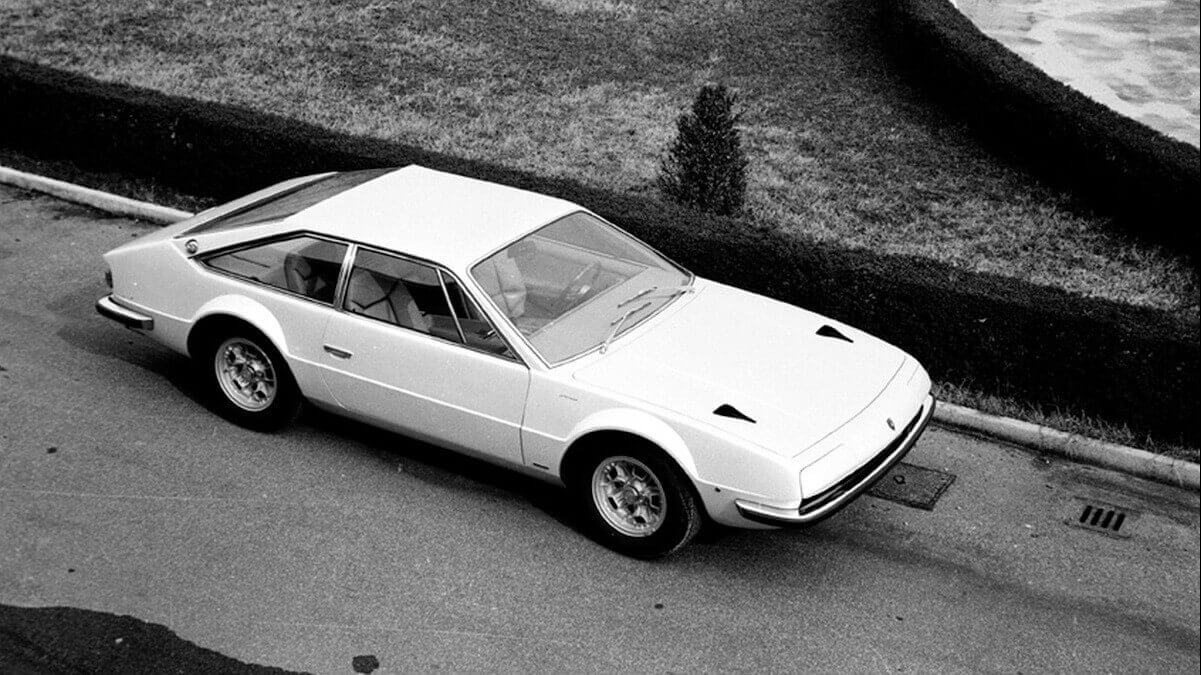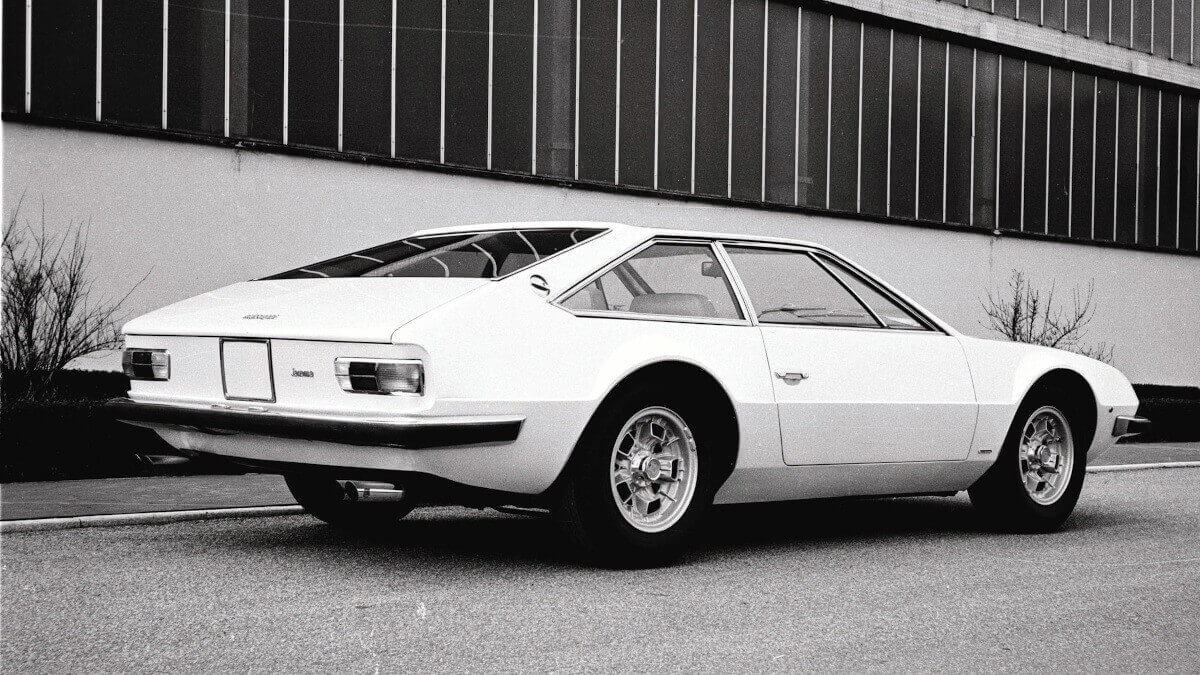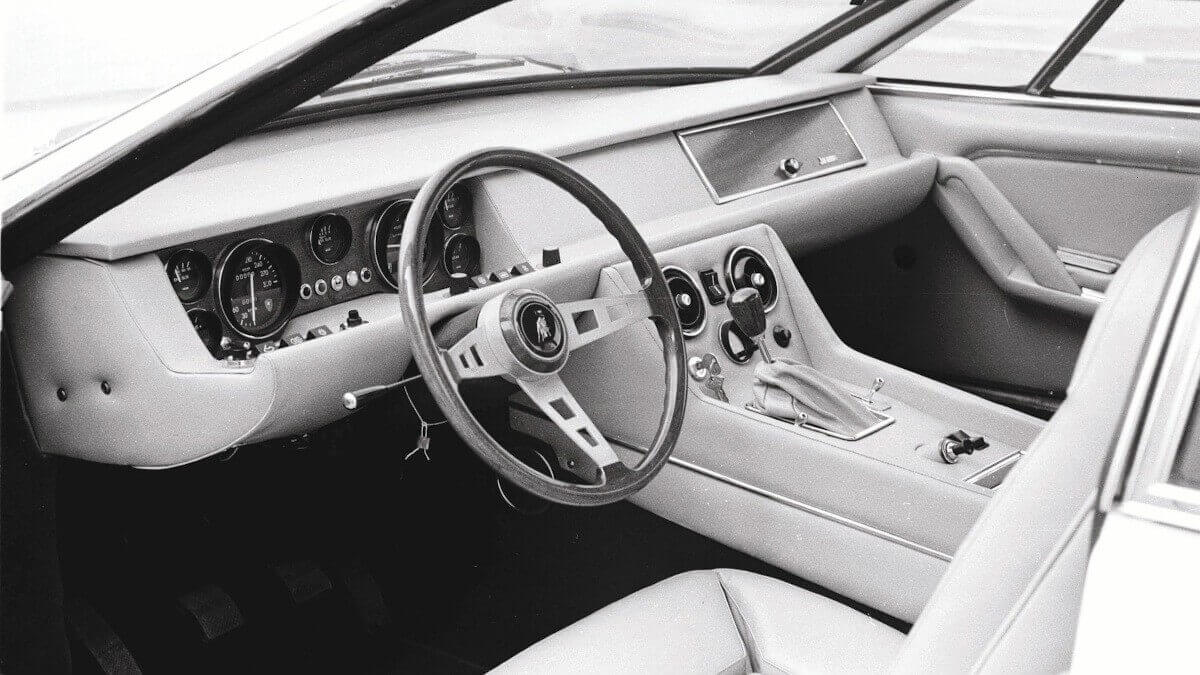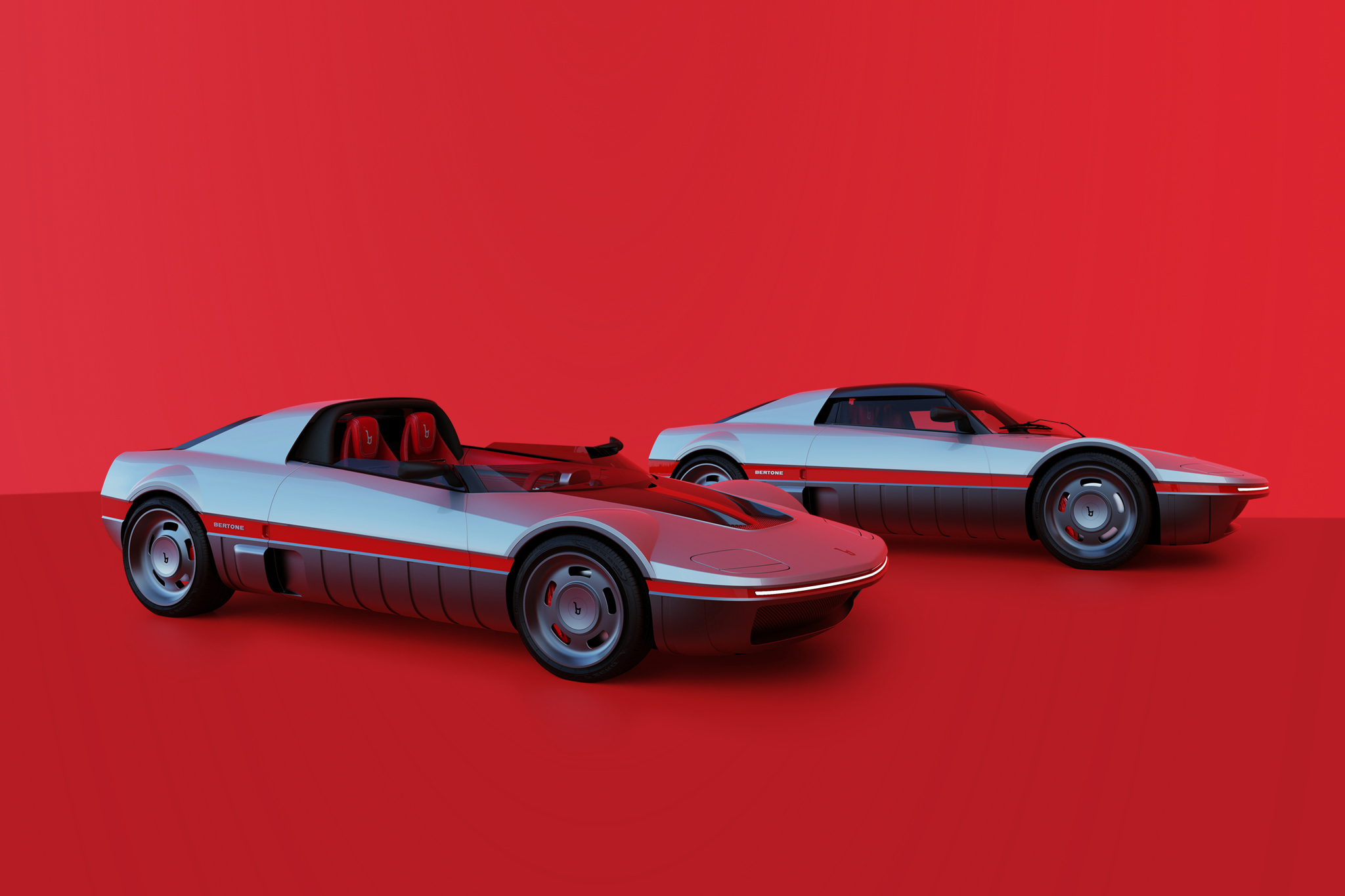50 Years of Lamborghini Jarama
Lamborghini’s fighting bull breeding facility in Sant’Agata Bolognese is nowadays known worldwide. Although no cattle for bullfighting grow here, there are highly potent sports cars. When the brand wasn’t even ten years old, it was still in the discovery phase. The Miura was one of the first brands to enter the supercar segment. At the same time, however, there was something that no longer exist in today’s model portfolio: a 2+2-seater sports car. Starting with the 400 GT 2+2, which emerged from the original model 350 GT, the company moved on to the Islero, which was still technically based on the 400 GT but had a completely new look. In addition, the four-seater Gran Turismo model series Espada debuted in 1968 as well as the small V8 entry-level sports car Urraco. As a result, the sales figures of the Islero collapsed, as the clientele obviously wanted more avant-garde design. In addition, it no longer met the increasingly strict emission and safety regulations in the USA. Lamborghini therefore developed a successor model as a ‘distinguished Gran Turismo for the established business man’.
It made its debut as the Jarama at the Geneva Motor Show in 1970. Company founder Ferruccio Lamborghini described it as “the best compromise between the Miura and the Espada”. However, this was apparently not the impression the target customer group had. The Jarama remained the equivalent of a human wallflower. When the Miura was replaced by the wedge-shaped and sensational Countach, the status of the Jarama didn’t improve at all. It was also during this time that the worldwide oil crisis occurred. The resulting sales difficulties for high-performance cars affected small companies such as Lamborghini in particular, which led to a split between the sports car and tractor divisions and the sale of both in 1972. While the Same Group (today Same Deutz-Fahr) continued the tractor production, the sports car division went to the entrepreneurs René Leimer and Georges-Henri Rossetti from Switzerland. They tried to make Lamborghini profitable again and therefore cut down the model range, the Jarama being the very first to be discontinued in 1976. Due to some financial problems, the completion of the last few cars was delayed until 1978. At that time Lamborghini was already in the process of insolvency, which was ended in 1980 by the purchase of Patrick Mimran.


































In contrast to today’s production process, in which components are delivered to the production line just in time without keeping large stocks, the Lamborghini Jarama was still built in the classic way. At Bertone, where Marcello Gandini had designed the bodywork, both the platform chassis and the body panels were made, while Lamborghini only produced the V12 engines. All parts were then sent to Carrozzeria Marazzi near Milan for assembly. However, this company was chronically understaffed and underfinanced, which meant that the craftmanship quality of the vehicles often remained extremely modest. For this reason, Lamborghini transferred the assembly completely to Bertone in 1972. The V12 sat longitudinally mounted in the front and developed 350 hp from four liters displacement in the initial Jarama 400 GT. Two years after the premiere, the further developed Jarama 400 GTS succeeded the GT with 365 hp. While the GT was only available with a five-speed manual transmission, from 1974 on, the GTS also had an optional three-speed automatic transmission.
Gandini created a design that was rather atypical for sports cars with geometric trapezoidal shapes and a relatively high area for the engine as well as a low-sloping hatchback. Interestingly, there was already a concept car by Bertone with a very similar design in 1969, the Fiat 128 Shopping. At the front it covered half of the headlights when switched off with downward moving panels painted in body color. Rear-view mirrors, taillights and door handles were taken from the part shelf of Fiat. Interestingly, the first prototype, which can also be seen in our picture gallery, still wore taillights from the first Audi 100. Lamborghini’s chief test driver Bob Wallace built himself a special Jarama in his spare time, which is called ‘Sport’ or ‘Bob’ depending on the source. The main purpose of the changes he did was to equip the car for possible motorsport use. Doors and bonnet were replaced by aluminium parts, boot lid and side windows are made of plastic. In addition, the headlamps were moved further down into the bumper, while above it the area with the hinged metal parts was removed. The rear bumper is also missing, while a lowered spoilerlip at the front is supposed to generate more downforce. The engine, which was installed a few centimeters further towards the center of the vehicle than in the series, was fitted with lighter pistons and connecting rods, larger carburettors from Weber and modified air filters, increasing the power output to 380 hp. In total, 188 Jarama 400 GT and 139 Jarama 400 GTS were built. Despite this rarity, they are still sold at a lower price than other V12 models from the early days of Lamborghini.
Images: Lamborghini




